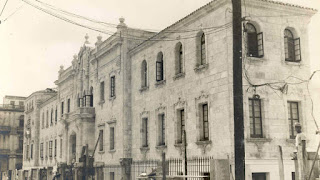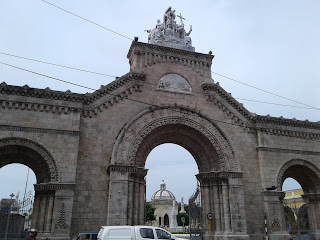"Nacido en Oviedo" - one of the pitfalls of Cuban Genealogy - by Fernando Lamas
The following was published as a post in the Cuban Genealogy/Genealogia Cubana Facebook page on 23 January 2020 and is used with the permission of its author, Fernando Lamas: “Nacido en Oviedo” - One of the Pitfalls of Cuban Genealogy I originally started to write this post as a reply in a thread posted by Maria Lopez Keith , who was searching for the genealogy of an ancestor documented in Cuban records as having been “born in Oviedo”. However, since this topic has repeatedly cropped up in my own genealogy, and will be helpful to others, I decided to devote its own thread to it. Oviedo is the capital city of Asturias and being “born in Oviedo” means being born in Oviedo, does it not? That’s the pitfall. Things are far more complicated than that. Maria López Keith, here are some explanations and advice that may help you track down your ancestor from “Oviedo”. I saw one of your posts where you stated that “Asturias was named Oviedo from the 1500s through the 1700s”. That...


